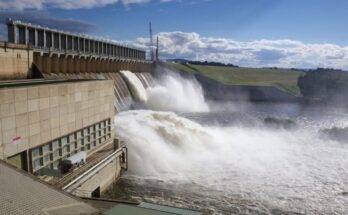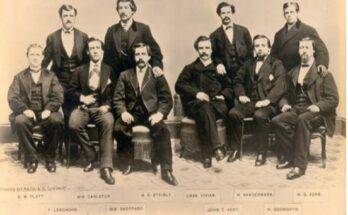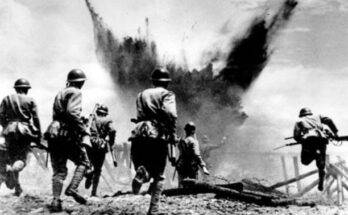The Mexican-American War
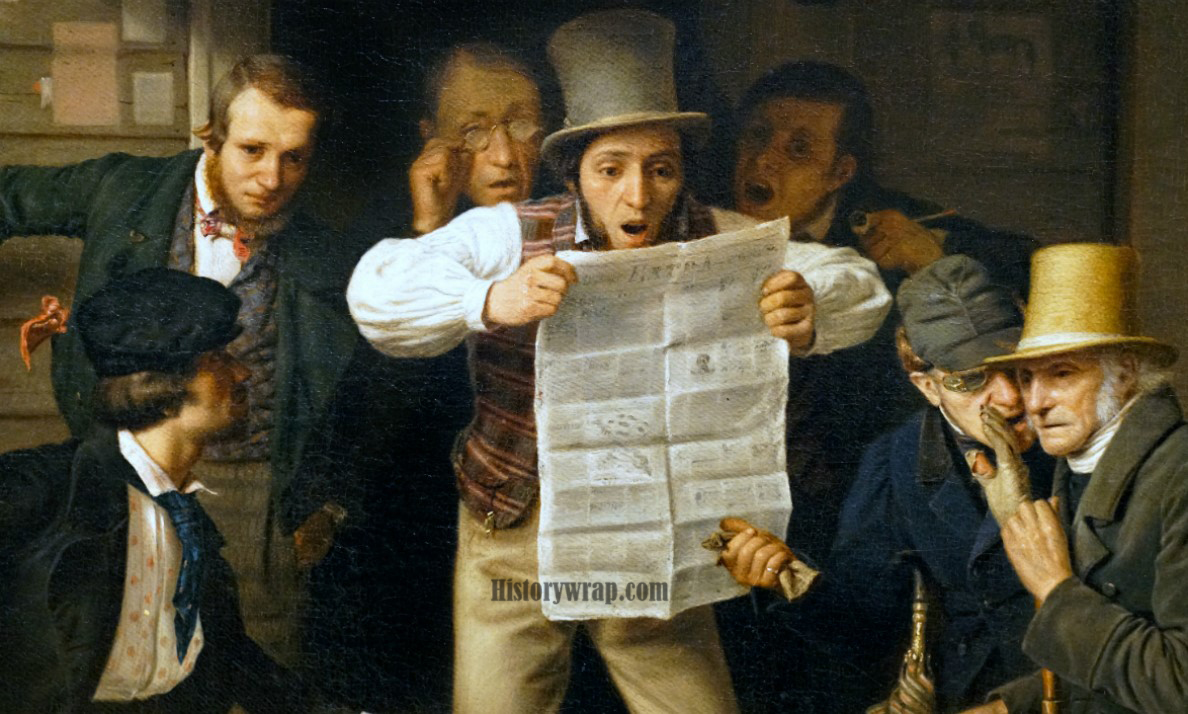
A forgotten conflict with enduring repercussions
The Vietnam Memorial, with its reflecting surface listing the war dead, and the squadron of stainless steel soldiers honoring Korean War heroes are two remarkable monuments that a visitor to Washington, D.C.’s National Mall is likely to notice today. The Mexican-American War, which the United States fought, had a more significant impact on the American populace than any of those wars. This same tourist would be astonished to hear about it (1846–1848).
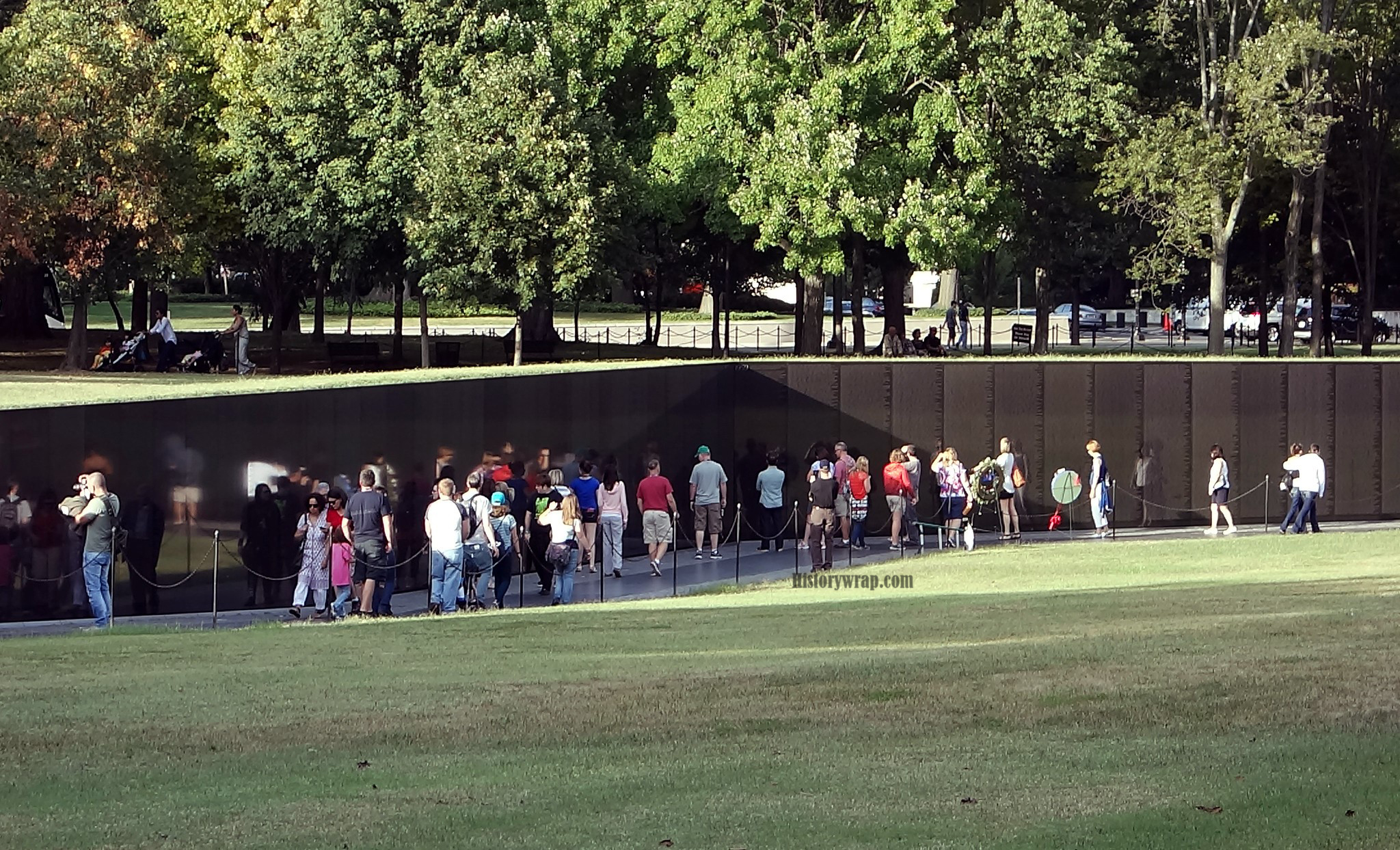
Vietnam Veterans Memorial, designed by Maya Lin in 1982, granite, National Mall, Washington, D.C. Steven Zucker, CC BY-NC-SA 2.0, for the image
Only 30 monuments in the United States honor a conflict in which more than 15,000 American troops sacrificed their lives. There is no memorial commemorating the Mexican-American War in Washington, D.C. In contrast, at least 13,000 monuments honor the American Civil War. [2] In reality, neither Mexican nor American popular culture has given enough attention to the Mexican-American War. The Battle of Northern Invasion, known in Mexico, is rarely shown in movies, and Mexican artists have created no artworks on the war. Neither country took much pride in a land-hungry U.S. government’s war of conquest against poorly equipped Mexican soldiers.
But the Mexican-American War had far-reaching effects on both the United States and Mexico and the Native Americans whose lands both countries claimed. The first was transferring about 338,000,000 acres, or nearly one-third of Mexico’s territory, to the United States. The border was redrawn at the cost of Mexico to increase American economic success. The conflict also influenced the start of subsequent civil disputes in both nations, including the War of Reform in Mexico and the Civil War in the United States (1861–1865). (1857–1860).
At Last but not least, the end of the conflict left many inhabitants of the cession area in a worse situation than they had been under Mexican sovereignty, which had provided certain rights and safeguards to those of African and Indigenous origin. Along with acquiring these areas, the U.S. government also transported a significant number of white American settlers west, where they uprooted and frequently slaughtered Indigenous people. Slavery had been illegal in Mexico for years.
Comparing the civilizations of Mexico and the United States before the conflict
Both countries were young republics that had just achieved independence following centuries of European domination. The process had been far more straightforward for the United States, which received French assistance in conquering Great Britain and abundant natural resources to support its economy. Americans were steeped in patriotism, Protestant religious zeal, and ambition for rapid growth at the beginning of the nineteenth century. The Jacksonian Democracy, introduced under Andrew Jackson’s presidency, praised the qualities of the “common man,” granting the right of vote to all white males regardless of their social status.
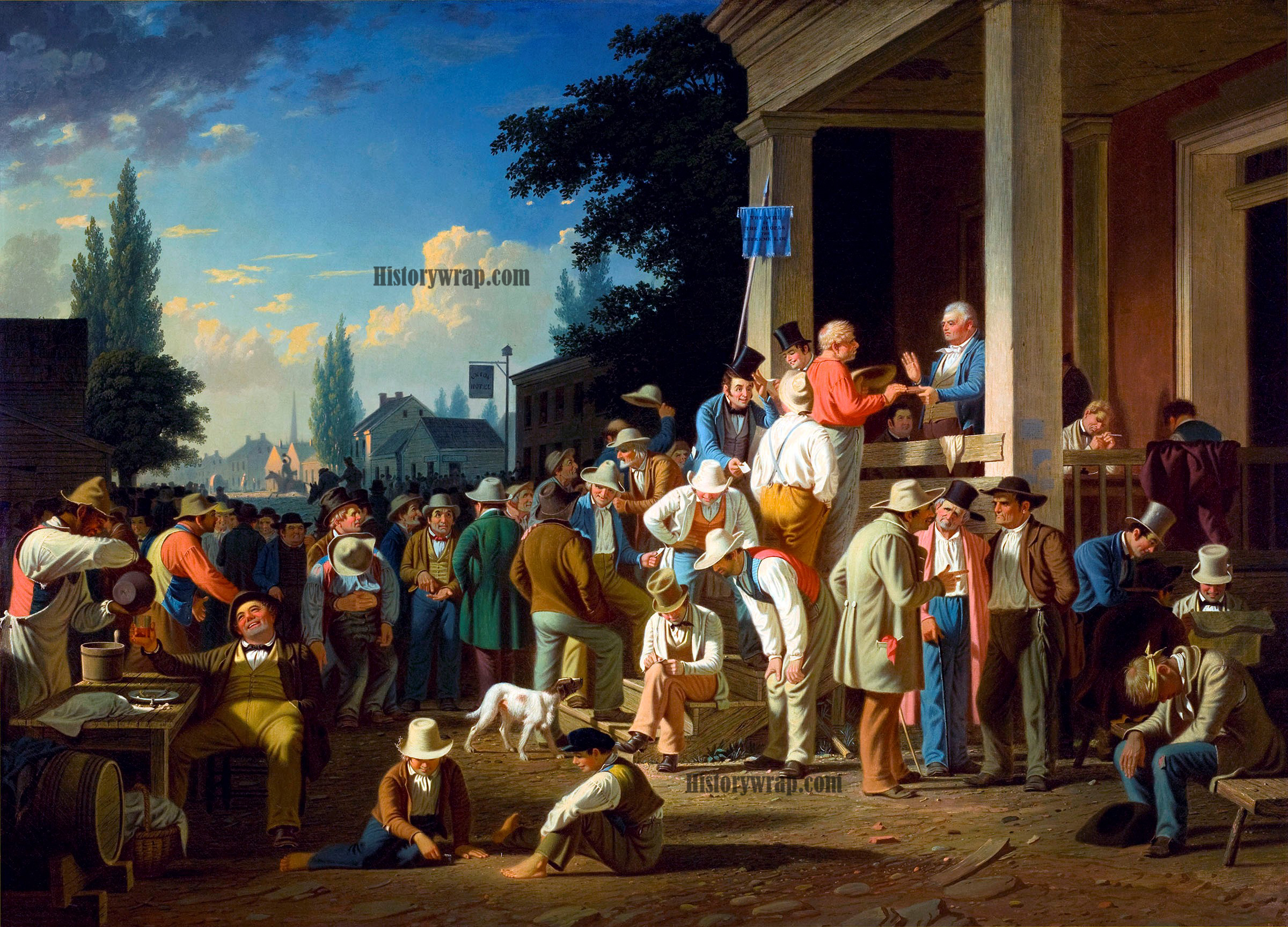
In his campaign for state legislature in Missouri, George Caleb Bingham painted the election (he depicts himself at the center, seated on the wooden steps). Bingham describes the white male voters with equal dignity, even though several men are intoxicated, seeming to simultaneously praise and criticize the exuberant exercise of mid-nineteenth-century American democracy. The County Election by George Caleb Bingham, 1852, oil on canvas, 38 x 52 in. (96.5 x 132.1 cm) (Saint Louis Art Museum).
But at the same time that it grew less linked to class, American citizenship became more closely associated with ideas about racial difference. Female and people of color were not allowed from the political process under the “white man’s republic” championed by Jacksonian Democrats. Jackson’s “Indian Removal” strategy made this particularly clear: were formerly white Americans had pledged to Christianize and integrate Indigenous people for their welfare, many now considered Indigenous people to be savages who must either be exiled to remote western territories or risk extinction.
Contrarily, Mexico had achieved independence after 300 years of Spanish colonization without foreign powers’ aid. The war left the country in a precarious economic situation, with its mining, industry, and agriculture capability severely diminished. In the 30 years after independence, Mexico saw 50 different governments, most of which were overthrown by a military coup. Liberals desired to enact republican changes, while Conservatives wanted to keep a version of the colonial system that gave social elites, the military, and the Catholic Church preference.
In the years before the conflict, Mexican society did develop clear divides based on race and class. However, non-Whites still enjoyed more significant political influence and social mobility than the United States. A diversified population had been produced by centuries of racial and cultural blending among the offspring of Spanish settlers, enslaved Africans, native people, and Asian immigrants to the area. The Mexican government abolished slavery entirely in 1829 after removing racial markers from official papers to promote equality in the new republic.
Expanding was especially important for the cotton growers who controlled the southern United States. Cotton plantation owners were keen to acquire additional fertile land since cotton cultivation quickly exhausted the soil. They wanted to spread slavery along the south of U.S. boundaries and relied on the forced labor of enslaved persons of African ancestry. In the Mexican region of Coahuila y Tejas, where many cotton farmers crossed the border, they were first hailed as a stabilizing force that would aid in fending off incursions by the strong Comanche (Nmn) nation. The American immigrants ignored the prohibition on slavery and made little effort to integrate into Mexican society, which quickly irritated the Mexican authorities.
The progress of the war
Polk’s risk paid off as the conflict continued because a Mexican cavalry regiment attacked after a U.S. patrol entered the disputed zone, killing 11 American soldiers. Two weeks after the news had reached Washington, D.C., Polk requested a war declaration from Congress, stating that Mexico had spilled “American blood on the American land.” Lincoln, a young Congressman, would later ask the president for proof of the precise “spot” where hostilities had begun. Nevertheless, aware that fighting had already started, the Whigs ultimately voted in favor of the war despite the suspicions of many lawmakers, particularly those from the opposing Whig party.
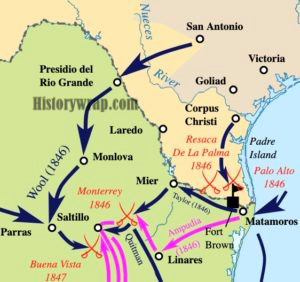
Below is a detailed map of the Mexican-American War’s land and sea campaigns, including the Buena Vista and Monterrey operations.
In what would turn out to be a two-year conflict across many fronts, General Taylor was in charge of just one of numerous American armed units. By fighting inland to Monterrey in northern Mexico, Taylor won the area for the U.S. in the Battle of Buena Vista.
The American army took Santa Fe, in New Mexico, further north (see the map below) without firing a shot (although Mexican and Indigenous Puebloan residents rebelled against U.S. occupation in the Taos Revolt). Naval operations aimed at the Mexican west coast between Mazatlán and Yerba Buena (modern-day San Francisco), seizing control of the ports and pueblos of California and some land forces.
FAQ’S
What is the main cause of the Mexican-American War?
It stemmed from the annexation of the Republic of Texas by the U.S. in 1845 and from a dispute over whether Texas ended at the Nueces River (the Mexican claim) or the Rio Grande (the U.S. claim).
- Who won the Mexican-American War and why?
The United States received the disputed Texan territory, as well as New Mexico territory and California. The Mexican government was paid $15 million — the same sum issued to France for the Louisiana Territory. The United States Army won a grand victory.
- How did the US defeat Mexico so easily?
Better Resources. The American government committed plenty of cash to the war effort. The soldiers had good guns and uniforms, enough food, high-quality artillery and horses and just about everything else they needed. The Mexicans, on the other hand, were totally broke during the entire war.
- Why did Texas leave Mexico?
The most immediate cause of the Texas Revolution was the refusal of many Texas, both Anglo and Mexican, to accept the governmental changes mandated by “Siete Leyes” which placed almost total power in the hands of the Mexican national government and Santa Anna.
- Did Mexico sell Texas to the US?
Area Mexico ceded to the United States in 1848, minus Texan claims. The Mexican Cession consisted of present-day U.S. states of California, Nevada, Utah, most of Arizona, the western half of New Mexico, the western quarter of Colorado, and the southwest corner of Wyoming.

